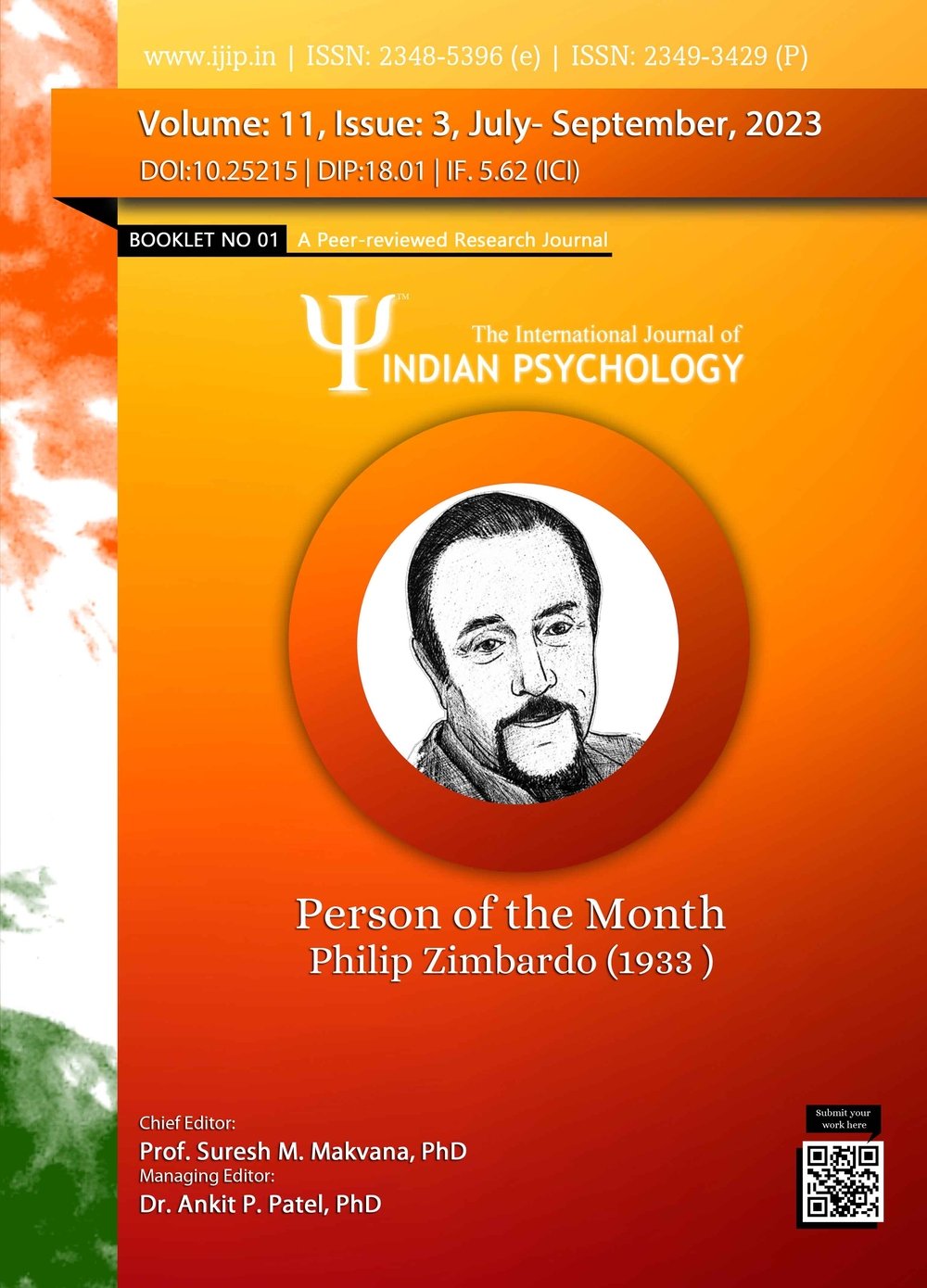Addressing Anxiety and Burnout in Sportspersons: The Potential of Animal-Assisted Therapy as an Intervention
DOI:
https://doi.org/10.25215/1103.128Keywords:
Animal-Assisted Therapy (AAT), Research, Intervention, AthletesAbstract
Animal-assisted therapy (AAT) is a promising intervention for anxiety reduction and performance enhancement in athletes. This study will explore the potential benefits of AAT by examining existing literature and conducting empirical research. Preliminary research suggests that AAT can reduce anxiety levels and enhance cognitive functioning, focus, and motivation in athletes. The study will also consider potential underlying mechanisms, such as the release of oxytocin, a hormone associated with stress reduction and social bonding. The findings of this study will inform the development of evidence-based interventions to support athletes’ mental well-being and performance. AAT is a well-established field that has shown promising results in reducing anxiety and improving mental health outcomes in various populations. There is preliminary evidence that AAT may also have a positive impact on sports performance. This study will explore the potential benefits of AAT for anxiety reduction and performance enhancement in athletes. The study will consider potential underlying mechanisms, such as the release of oxytocin. The findings of this study will inform the development of evidence-based interventions to support athletes’ mental well- being and performance.Metrics
No metrics found.
Published
2022-11-05
How to Cite
Arun Jose, & Varsha Singh. (2022). Addressing Anxiety and Burnout in Sportspersons: The Potential of Animal-Assisted Therapy as an Intervention. International Journal of Indian Psychȯlogy, 11(3). https://doi.org/10.25215/1103.128
Issue
Section
Articles


